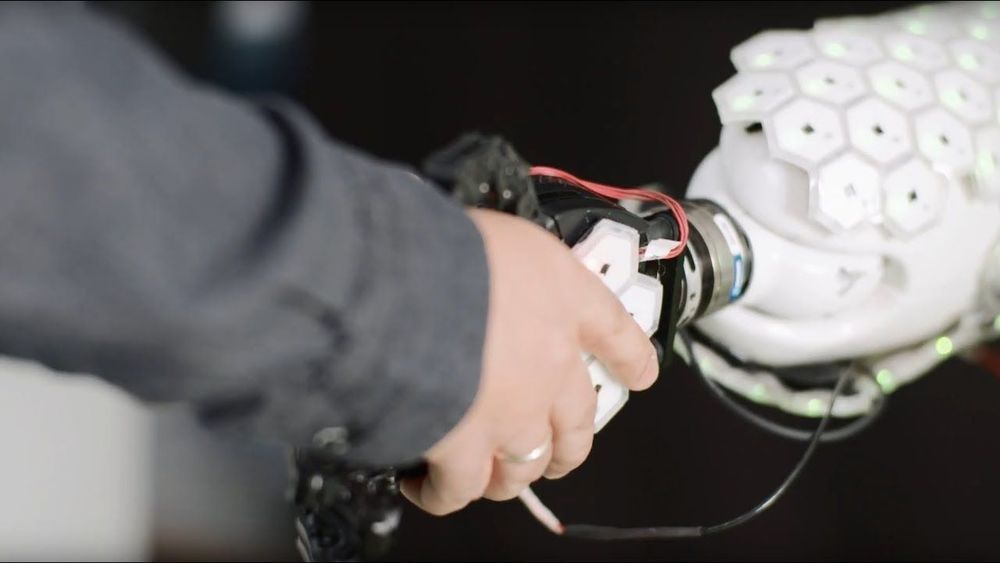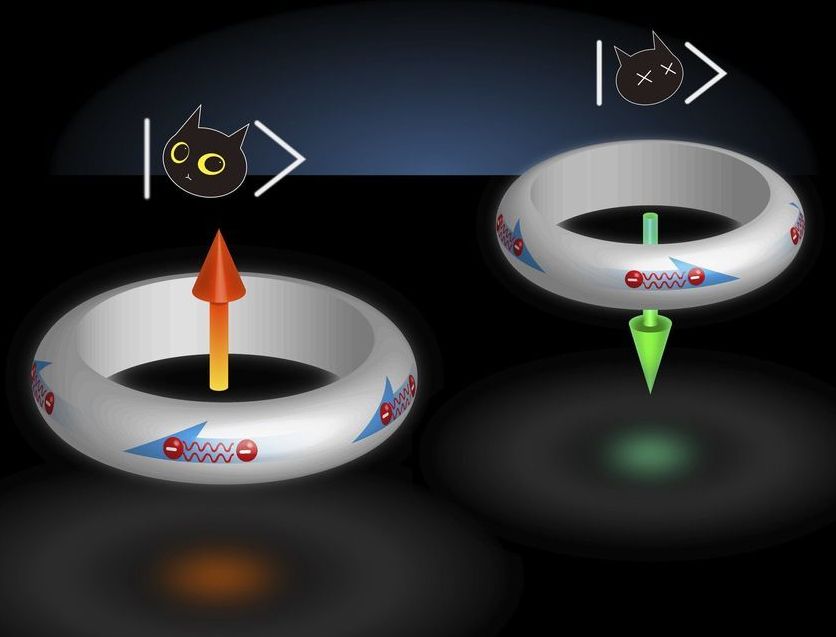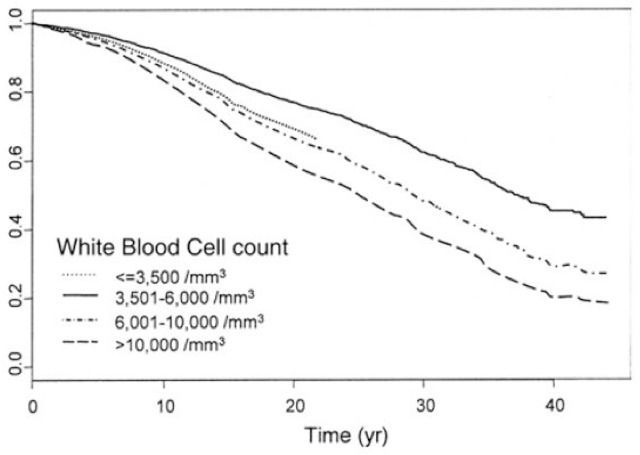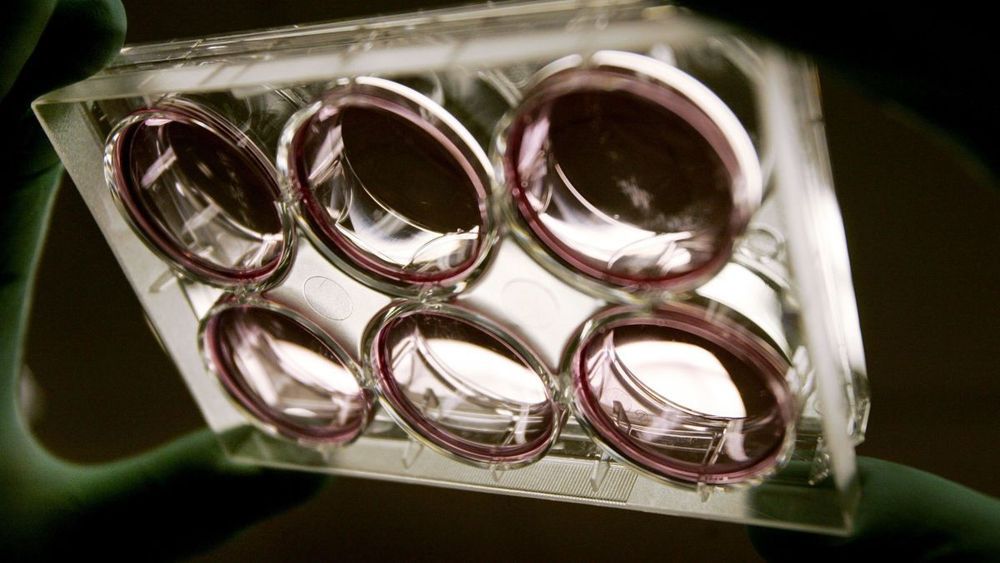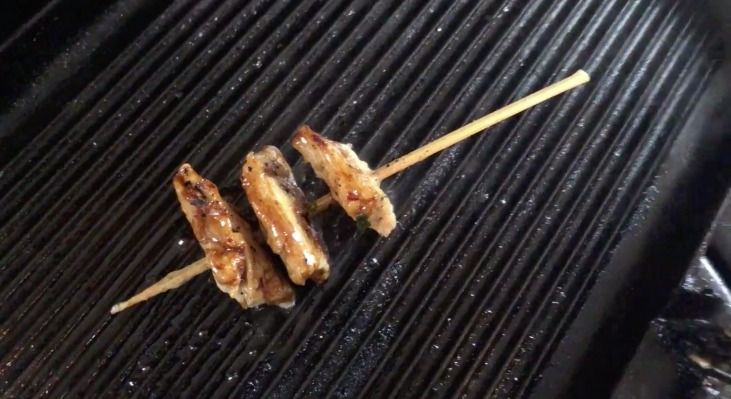A miniature gravitational wave detector under development would measure higher-frequency waves than LIGO.
As the longevity investor’s new fund turns 8 months old this month, we went five for five with Sergey Young.
This newly discovered superconducting material could be the building blocks for Quantum Computers.
CERN’s colossal complex of accelerators is in the midst of a two-year shutdown for upgrade work. But that doesn’t mean all experiments at the Laboratory have ceased to operate. The CLOUD experiment, for example, has just started a data run that will last until the end of November.
The CLOUD experiment studies how ions produced by high-energy particles called cosmic rays affect aerosol particles, clouds and the climate. It uses a special cloud chamber and a beam of particles from the Proton Synchrotron to provide an artificial source of cosmic rays. For this run, however, the cosmic rays are instead natural high-energy particles from cosmic objects such as exploding stars.
“Cosmic rays, whether natural or artificial, leave a trail of ions in the chamber,” explains CLOUD spokesperson Jasper Kirkby, “but the Proton Synchrotron provides cosmic rays that can be adjusted over the full range of ionisation rates occurring in the troposphere, which comprises the lowest ten kilometres of the atmosphere. That said, we can also make progress with the steady flux of natural cosmic rays that make it into our chamber, and this is what we’re doing now.”
Back in 2011 we looked at an array of small hexagonal plates created to serve as an electronic skin that endows robots with a sense of touch. The team responsible had placed 31 of these hexagonal “skin cells” on a small robot, but now they’ve gone a lot further, equipping a human-sized robot with 1,260 cells to create what they claim is the first autonomous humanoid robot with artificial skin covering its entire body – even the soles of its feet.
In the eight years since the original touchy-feely robot, Professor Gordon Cheng and his team at the Technical University of Munich (TUM) have refined the look of the individual sensor cells, but they still boast the same basic capabilities. They’re still hexagonal in shape, allowing them to be placed in a honeycomb arrangement, and they can still measure proximity, pressure, temperature and acceleration.
But the main hurdle the team faced in expanding the number of cells so as to fully cover a human-sized robot was computing power, and it’s here that the team is claiming a breakthrough. Continuously processing data from more than a few hundred sensors quickly overloaded previous systems, so the team took inspiration from an approach employed by the human nervous system.
Quantum computers with the ability to perform complex calculations, encrypt data more securely and more quickly predict the spread of viruses, may be within closer reach thanks to a new discovery by Johns Hopkins researchers.
“We’ve found that a certain superconducting material contains special properties that could be the building blocks for technology of the future,” says Yufan Li, a postdoctoral fellow in the Department of Physics & Astronomy at The Johns Hopkins University and the paper’s first author.
The findings will be published October 11 in Science.
Circulating levels of white blood cells (WBCs) are one of the 10 variables used to quantify biological age with PhenoAge (https://michaellustgarten.com/2019/09/09/quantifying-biological-age). The reference range for WBCs is 4.5 – 11 *109 cells/L, but within that range, what’s optimal?
Several studies have reported that WBCs greater than 5 are associated with an increased all-cause mortality risk (Ahmadi-Abhari et al. 2013, Samet et al. 2005, Weijenberg et al. 1996). While observational studies are important for identifying associations with mortality risk, stronger evidence is obtained when the data from the same subjects are tracked for a time period. Perhaps the best evidence for the association between WBCs with mortality risk comes from the Baltimore Longitudinal Study on Aging (BLSA), which studied 2803 men and women over a period of 44 years (Ruggiero et al. 2007). As shown below, subjects that had circulating WBCs between 3.5 – 6 had the best survival, whereas WBCs below 3.5, between 6 – 10, and 10+ each had successively higher risk. The 0.5 point on the y-axis of the curve (survival) is defined as 50% mortality, and is the point where half of the study subjects died, whereas the remaining 50% were still alive.
A supposedly rare genetic quirk might be more common than we think, according to new research out Thursday. The study, based largely on 23andMe data, suggests that one in every 2,000 people are born with two copies of a gene from only a single parent, often with no serious health consequences.
Ordinarily, a person’s egg or sperm cells have one set of the genes that make up their chromosomes (other cells in our body have two sets). When a sperm fertilizes an egg, the resulting fertilized zygote will then have two sets of 23 chromosomes, one from each parent, making 46 chromosomes in total. If all goes well, the zygote multiplies and divides until it becomes a person, one with an even allocation of gene copies from both parents.
Are consumers ready for meat grown in a lab?
Companies like Memphis Meats, Aleph Farms, Higher Steaks, Mosa Meat and Meatable are all trying to bring to supermarkets around the world meat made from cultivated animal cells, but the problem has always been the cost.
Now, Future Meat Technologies has raised $14 million in new financing to build its first pilot manufacturing facilities to bring the cost of production of a cell-made steak down to $10 per pound — or $4 if the meat is combined with plant-based meat substitutes.




